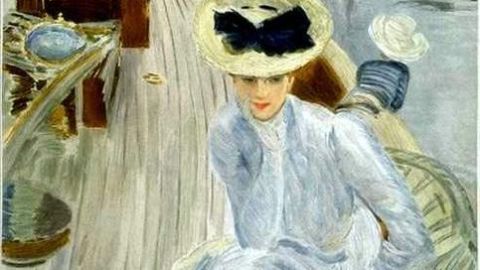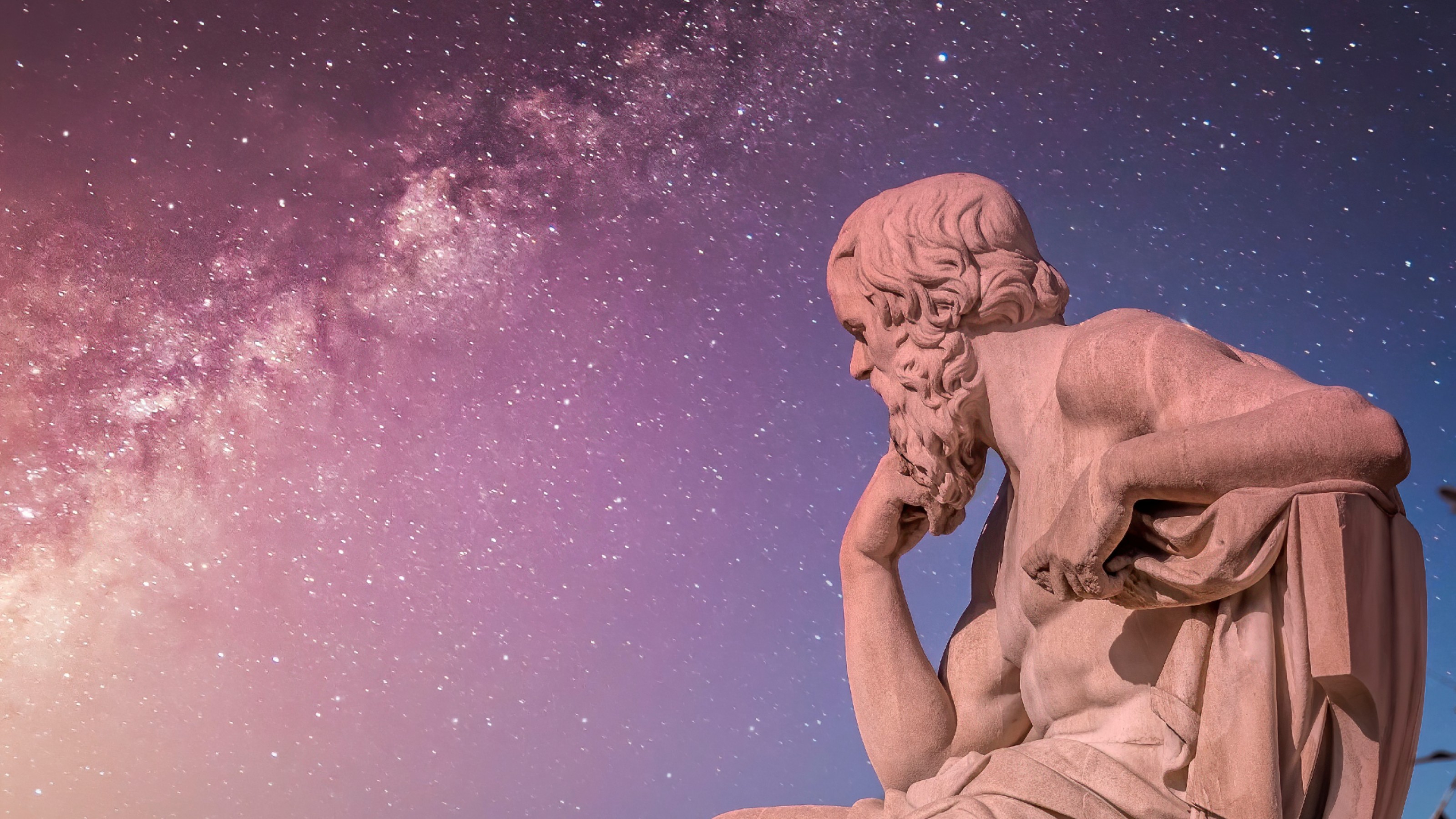What Is It to Daydream?

What’s the Latest Development?
In a distinctly unscientific analysis of daydreaming, French philosopher Raphaël Enthoven conjures up a series of evocative metaphors to help us better understand, in more human terms, that state of reverie which lies between consciousness and sleep. “Like intoxication, reverie is lucidity without an object, an activity but one that’s passive, a search that begins by giving up and lets itself be dazzled rather than looking. It remains, happily, somewhere between imagination and the ability to put it to use.”
What’s the Big Idea?
Are Enthoven’s terms sufficient to understand daydreaming in a time (our time) when the most hotly pursued question is how, in scientific terms, the brain actually works? What room is left in modern discourse for literature that tackles questions assumed to be the domain of science? Enthoven continues: “Reverie is light years [away] from being a distraction, which does reality the considerable honor of turning its back on it.” He reminds us that different levels of analysis must be held to different standards.





